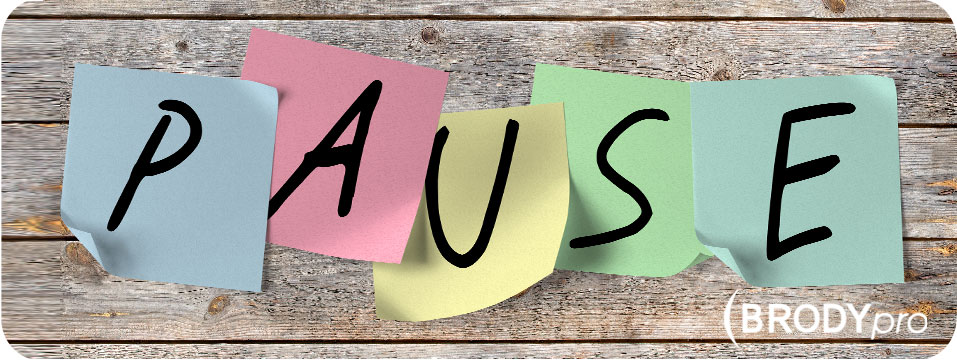Have you ever listened to a presenter who talked at breakneck speed without pausing for breath? Exhausting, isn’t it?
Pauses give your listeners the opportunity to digest and assimilate what you said and perhaps even come up with a great question or comment.
Below are 5 situations when you might insert a strategic pause:
- After an important point. You might want to repeat your point, and then pause again
- Between items in a list.
- When you want to focus attention. The very fact that you have stopped speaking will make audiences wonder why, and focus in on your next words.
- When you want to connect with your audience members (increase eye contact, too)
- In sentences that contain, “but,” “yet” and “however.” Here’s an example: “Last year, we had to do a painful downsizing [pause], but this year, profits are way up and bonuses will match!”
You already know the importance of practicing your presentation in the mirror—and even recording it to listen to yourself to note what you can improve.
Make sure to also practice your pauses. Notice how they change the feel or impact of your presentation. Practice standing comfortably (not fidgeting) when you pause.
If you find it difficult to pause for more than a split second, try counting silently in your head, one one-thousand, two one-thousand, etc., to make sure you’re pausing for the most effective amount of time.
The more you practice, the more natural adding strategically placed pauses will become.
Adding strategically placed pauses lets your audience relax, listen, and remember your message. If you haven’t yet read part one of this series, read it now for more details about the benefits of strategic pausing.

